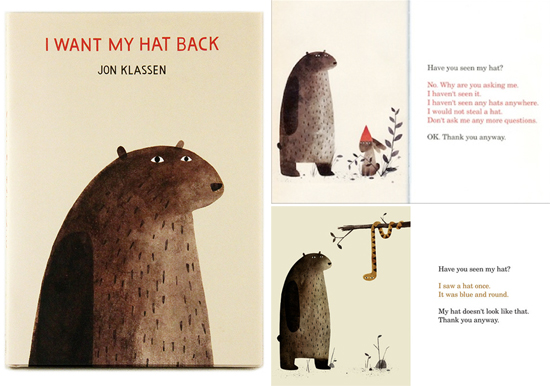Today's lecture was on placements and internships. Students who have placements at university tend to be the ones that survive in the industry as it gives them a better understanding of what is required and the opportunity to experience the area they want to pursue. In order to find a placement at university it is helpful to look at where past students have gone as they are likely to take people on again.
Internships can be a great chance to gain experience in a certain area or field after university and learn new skills within a work environment. Ideally internships should be paid at minimum wage but there is a tendency in the arts to expect the artist to do the work for free. When applying for an internship I should reflect upon my key skills and achievements in order to promote myself for the position.
- Achievments and selling points: researching, organisational skills, competitions and published work, software skills and written work
- Experience: teamwork, collaboration, platform groups
- Communication skills: presentations, writing
- Planning: balancing work, judging learning, deadlines
- Working under pressure
- Practical technical skills: book binding, collage, printing, presses
Wyvern Bindery London
Possible employers for placements and internships:
This lecture has made me consider an internship to be a good opportunity for me after university as it would allow me to learn on the job. The downside is finding a paid internship as I want to move to London and won't be able to afford an unpaid position unless it was part-time. I hadn't really considered a publishing internship but I am interested in pursuing publishing as an avenue for my illustration so it could be fantastic opportunity to learn more about how the market works from the publishers point of view.
Dutch Uncle website
I have done some research into internships and found that Dutch Uncle and YCN run positions. Fashion jobs has a wide range of opportunities in the fashion sector and occasionally illustrator positions are available. Inspiring interns is a great website that lists a wide range of internships and there is an option to upload your CV so they can look through their database for any suitable roles. I have applied to Inspiring interns and I intend to work on my application for Dutch Uncle in the future.




























